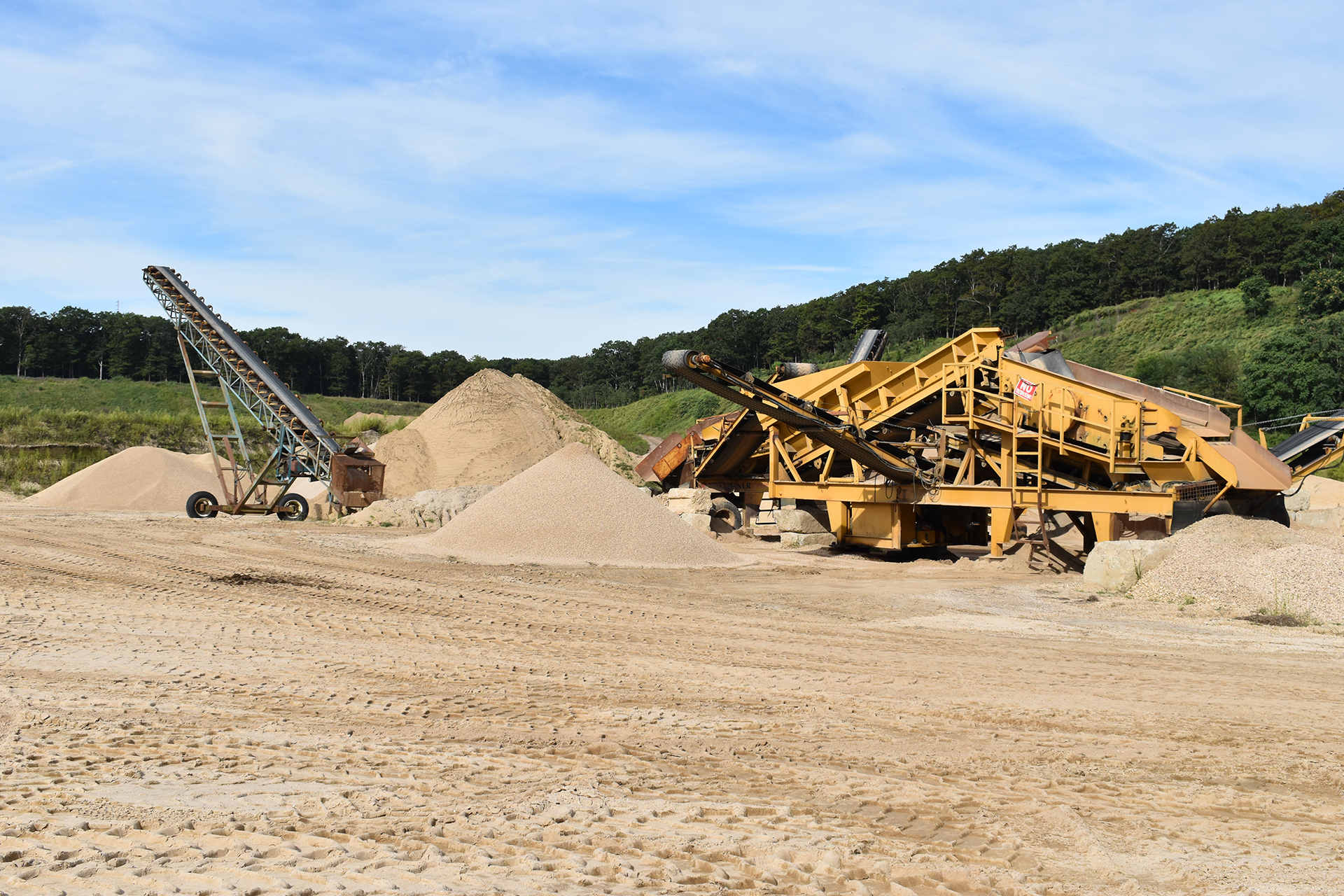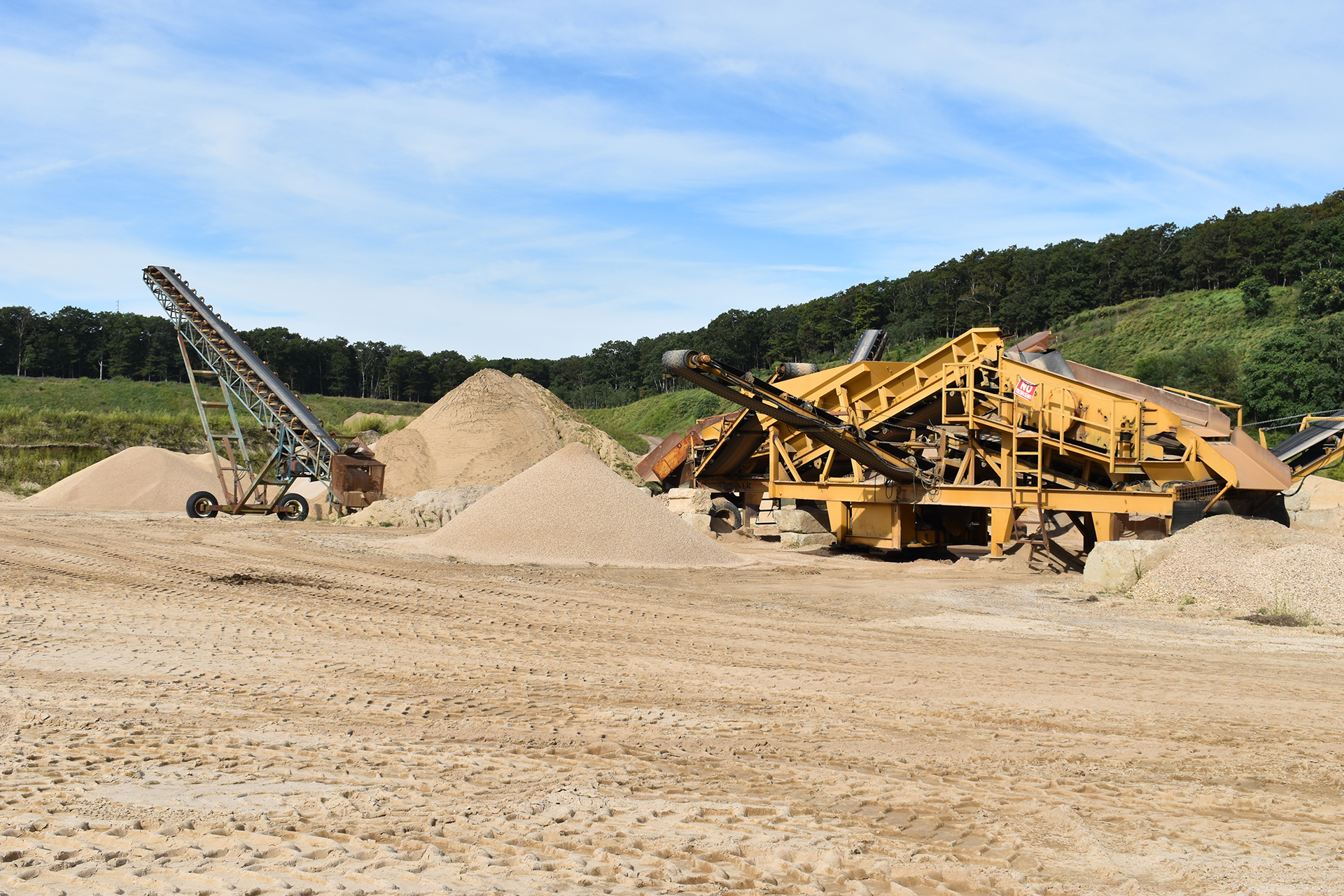Deal Gives Sand Land Eight More Years


The New York State Department of Environmental Conservation announced on Friday, March 15, that it had reached an agreement with the owner of the Sand Land sand mine, composting, and recycling facility in Bridgehampton to cease operations within eight years and complete a reclamation of the 50-acre site within 10 years.
As part of the agreement, Sand Land, which is operated by Wainscott Sand and Gravel, will be required to immediately stop accepting vegetative waste, install an extensive groundwater monitoring system, and put up an additional $290,000 in bond money to assure that it will abide by the state’s requirements.
Neighbors, environmentalists, and elected officials have long charged that Sand Land has been polluting the groundwater and should be shut down. They were not happy to learn the settlement allows for such a long, drawn-out closure and that it gives the company permission to dig another 40 feet down for sand.
“Three governmental agencies identified contamination, stated there is no more sand to mine, and said that mining sand is illegal in Southampton, yet the DEC says they can mine for eight more years,” said Elena Loreto, president of the Noyac Civic Council, which has made closing Sand Land its prime objective in recent years. “How does this continued activity at Sand Land protect our sole-source aquifer? I am appalled,” she said. (A letter from Loretto on the topic appears in this week’s Independent.)
“Despite a mountain of objective scientific evidence confirming extensive contamination of our aquifer by the industrial activities at Sand Land, the DEC folded, and cut a private deal to allow this operation to keep mining for another eight years,” said Robert DeLuca, president of Group for the East End, an environmental organization.
“How this settlement could be reached after the Suffolk County Health Department’s extensive investigation and the DEC’s own prior decision to close the facility in September is simply incomprehensible,” DeLuca added.
Assemblyman Fred Thiele said just last September that the DEC had announced it would order Sand Land to discontinue its mining operations within two years, only to reverse itself and reach a settlement he said “was negotiated behind closed doors with no community involvement.”
He cited Sand Land’s long-running legal battle with Southampton Town and a Suffolk County Department of Health Services report last year that concluded the groundwater under the Sand Land site was contaminated.
“What are the consequences for polluting the groundwater and violating the law?” Thiele asked. “The polluter was rewarded. The natural filter, which cleanses our groundwater, will be reduced by another 40 feet. The community will be subjected to eight more years of environmentally dangerous industrial activity in the deepest groundwater recharge area east of the Shinnecock Canal.”
But in a press release, DEC Commissioner Basil Seggos said the DEC had acted in response to community demands and would require Sand Land to “implement the most comprehensive monitoring and oversight program of its kind to protect the region’s water quality.”
“New York State will continue our aggressive on-the-ground oversight to ensure Sand Land complies with all rules and regulations and to ensure that its operations do not threaten the environment, especially our precious groundwater resource,” he added.
Sand Land was operated as a sand mine before Southampton Town adopted zoning in the late 1950s. Years later, the site was used to dump storm debris and brush and leaves collected by landscapers. The site morphed into a recycling facility that composted leaves and other brush for resale as well as processing construction debris.
A decade ago, the Southampton Town Zoning Board of Appeals ruled that while sand mining was an allowable use, much of the other operations violated the code and would have to be discontinued. That set off a long, protracted battle between Sand Land and the town.
sjkotz@indyeastend.com



